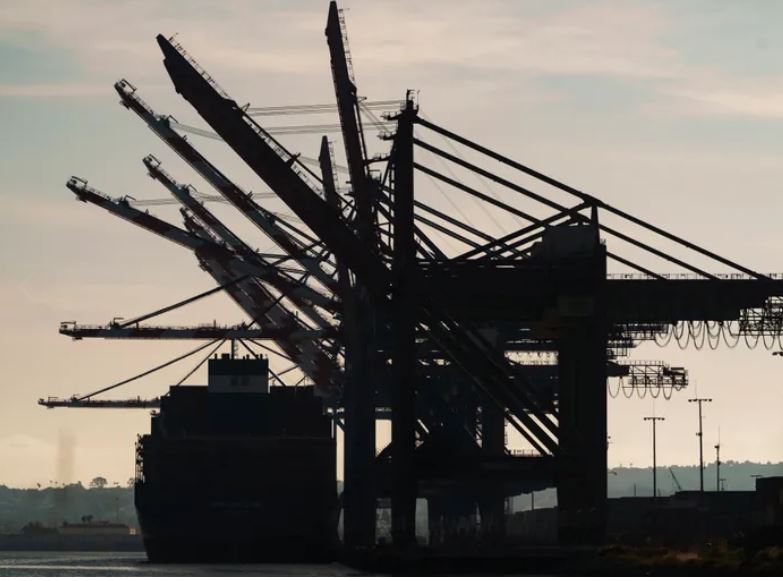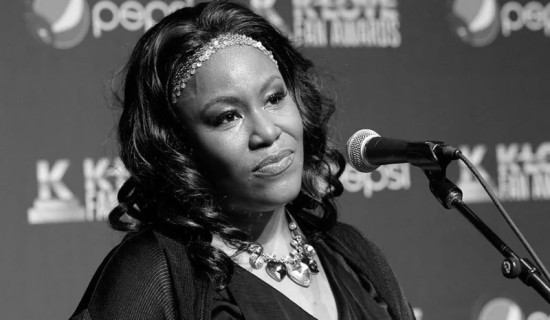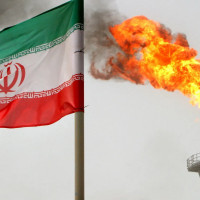- Saturday, 20 April 2024
Mechanical sails? Batteries? Shippers forming 'green corridors' to fast-track cleaner technologies
New York, May 28: It's among the world's busiest container shipping routes — a stream of vessels packed with furniture, automobiles, clothing and other goods, traversing the Pacific between Los Angeles and Shanghai.
If plans succeed, this corridor will become a showcase for slashing planet-warming carbon emissions from the shipping industry, which produces nearly 3% of the world's total. That's less than from cars, trucks, rail or aviation but still a lot — and it's rising. The International Maritime Organization, which regulates commercial shipping, wants to halve its greenhouse gas releases by midcentury and may seek deeper cuts this year. "Shipping must embrace decarbonization," IMO Secretary-General Kitack Lim said in February.
Meeting agency targets will require significant vessel and infrastructure changes. That's inspiring plans for "green shipping corridors" along major routes where new technologies and methods could be fast-tracked and scaled up.
More than 20 of these partnerships have been proposed. They're largely on paper now but are expected to take shape in coming years. The goal: uniting marine fuel producers, vessel owners and operators, cargo owners and ports in a common effort.
Front-Runners
Los Angeles and Shanghai formed their partnership last year. "The vision is that a container will leave a factory on a zero-emissions truck (in China)," said Gene Seroka, executive director of the Port of Los Angeles. "It will arrive at the port of Shanghai, be loaded onto a ship by a zero-emissions cargo handling equipment unit, and move across the Pacific Ocean on a vessel that emits zero carbon. Once it gets to Los Angeles, the reverse happens," with carbon-free handling and distribution.
Los Angeles entered a second agreement in April with nearby Long Beach and Singapore. Others in the works include the Great Lakes-St. Lawrence River; a Chilean network; and numerous corridors in Asia, North America and Europe.
C40 Cities, a global climate action coalition of mayors, advocates green corridors as "tools that can turn ambition into action, bringing together the entire shipping value chain," said Alisa Kreynes, a deputy director.
But Kreynes sounded a note of caution: "I can't help but wonder how much of it is PR and how much of it is actually going to become practice. It's going to require a cultural shift in thinking about how we get things from point A to point B."
New approaches developed in green corridors could bring fast results, said John Bradshaw, technical director for environment and safety with the World Shipping Council. "I'm very confident that the industry will deliver zero emissions by 2050."
Pressure Builds
From tea to tennis shoes, stuff in your pantry and closets likely spent time on a ship.
Roughly 90% of traded goods move on water, some in behemoths longer than four football fields, each holding thousands of containers with consumer products. About 58,000 commercial ships ply the seas.
Their emissions are less noticeable than onshore haulers such as trucks, although noxious fumes from ships draw complaints in port communities.
Maritime trade volumes are expected to triple by 2050, according to the Organization for Economic Cooperation and Development. Studies predict the industry's share of greenhouse gas emissions could reach 15%.
Yet the 2015 Paris climate accord exempts maritime shipping, partly because vessels do business worldwide, while the agreement covers nation-by-nation goals. (ap)
















